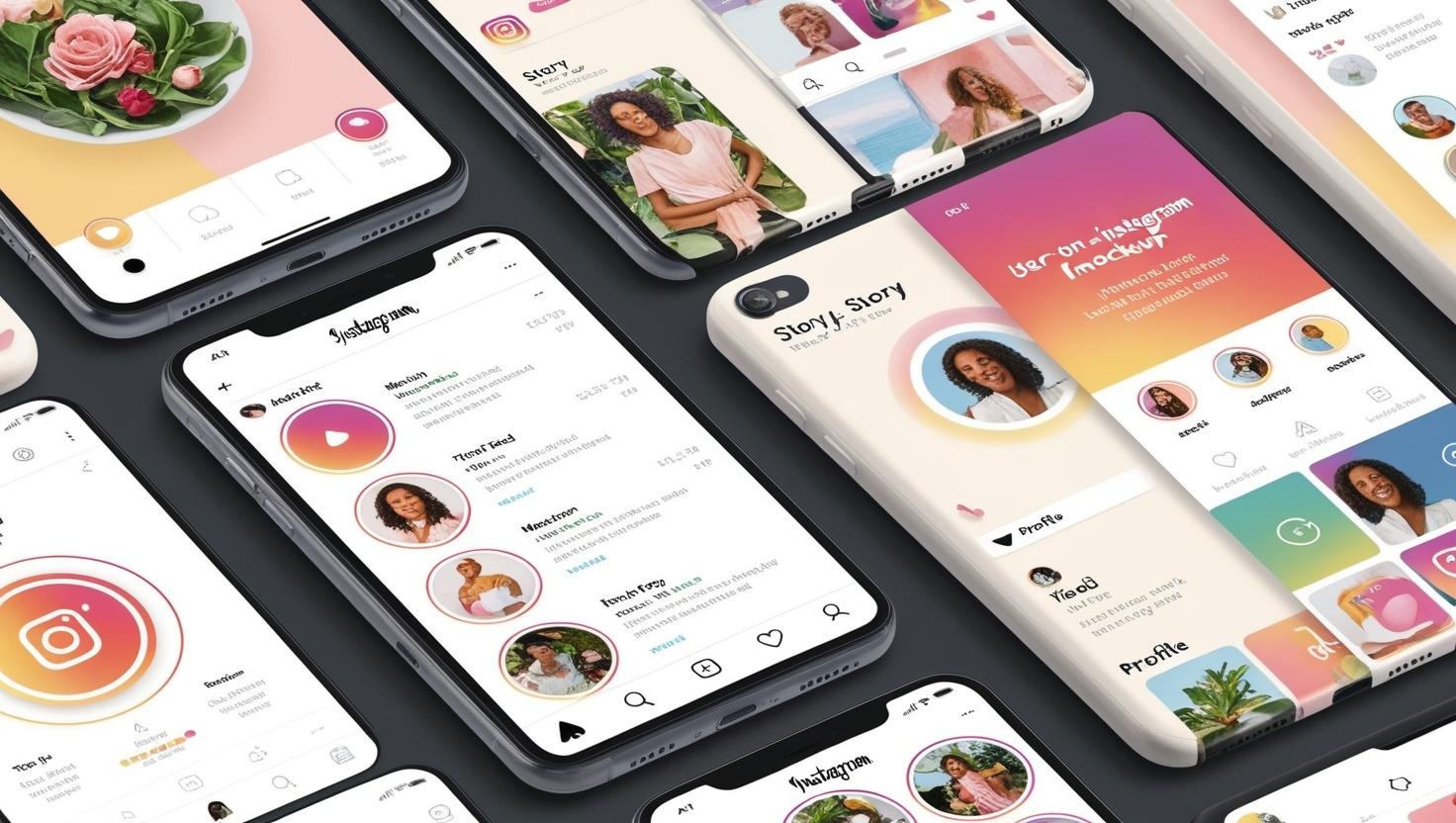How to Make an App Like Instagram: A Step-by-Step Guide to Building the Next Social Media Phenomenon
Social media apps have redefined how we connect, share, and communicate. With over 2 billion active users as of 2023, Instagram stands out as one of the most influential platforms globally. If you’ve ever wondered, “How to make an app like Instagram?” this blog is your ultimate guide. By the end, you’ll understand the essential steps, technologies, and strategies needed to create a social media app that captivates users and drives engagement.
Why Build an App Like Instagram?
Social media usage is soaring, and apps like Instagram generate immense revenue through advertisements and in-app purchases. Here are key reasons to consider this endeavor:
- Massive Market Potential: Social media app downloads reached 5 billion globally in 2023.
- Revenue Opportunities: Instagram earned $43 billion in ad revenue last year.
- Community Building: Platforms like Instagram foster a sense of connection and engagement, making them indispensable for users.
If these reasons resonate, it’s time to learn how to make an app like Instagram that stands out in the competitive landscape.
Step 1: Define Your App’s Unique Value Proposition (UVP)
Before diving into development, ask yourself:
- What makes your app different from existing platforms?
- Which audience are you targeting?
- What problems does your app solve?
Examples of UVP in Action:
- BeReal offers spontaneous, unfiltered sharing.
- VSCO focuses on advanced photo editing features.
To succeed, your app must bring something fresh to the table.
Step 2: Core Features to Include in Your App
When considering how to make an app like Instagram, it’s crucial to nail the features. Let’s break it down:
Essential Features:
- User Registration and Profiles:
- Options for email, phone, or social media sign-ups.
- Customizable profiles with pictures, bios, and settings.
- Media Upload and Editing:
- Enable users to upload photos and videos.
- Include filters, crop tools, and editing options.
- Social Interaction Tools:
- Like, comment, and share functionality.
- Direct messaging and group chats.
- Search and Explore:
- Advanced search filters (hashtags, locations, users).
- Algorithm-based content recommendations.
- Push Notifications:
- Real-time alerts for likes, messages, and updates.
Advanced Features:
- Augmented Reality (AR) Filters: Enhance user engagement with AR-based effects.
- E-commerce Integration: Allow brands to sell directly through your app.
- Analytics Dashboard: Provide insights for influencers and businesses.
Step 3: Choose the Right Technology Stack
The success of your app largely depends on the technology stack you select. Here’s an ideal stack for building an Instagram-like app:
Frontend Development:
- Languages: Swift (iOS), Kotlin (Android), or React Native for cross-platform.
- UI Frameworks: Flutter, Jetpack Compose.
Backend Development:
- Languages: Python (Django), Node.js.
- Databases: PostgreSQL for relational data; MongoDB for NoSQL.
- Cloud Services: AWS, Google Cloud, or Azure for scalability.
Other Tools:
- Storage: Amazon S3 for media files.
- APIs: Google Maps for geotagging, Twilio for SMS notifications.
Need help choosing the perfect stack? Check out Sodio’s technology consulting page.
Step 4: Monetization Strategies
Your app needs a business model to thrive. Here are popular monetization strategies:
- Advertisements:
- Offer brands paid promotions and sponsored posts.
- In-App Purchases:
- Premium filters, editing tools, or ad-free experiences.
- Subscription Models:
- Charge for exclusive content or premium features.
- E-commerce Integrations:
- Facilitate in-app purchases for partnered businesses.
Step 5: Development and Testing Process
Developing an app like Instagram requires a structured approach:
Development Stages:
- Prototype:
- Create wireframes and mockups to visualize your app.
- MVP Development:
- Focus on essential features to validate your idea.
- Full-Scale Development:
- Build the complete app with advanced features.
Testing Stages:
- Usability Testing: Ensure the app is user-friendly.
- Performance Testing: Test for speed and reliability under high loads.
- Security Testing: Safeguard user data with robust encryption.
Hyperlink to Sodio’s app testing and QA services to ensure a flawless launch.
Step 6: Launch and Market Your App
A well-planned launch strategy can make all the difference. Here’s how to do it:
- Pre-Launch:
- Create a buzz with teaser campaigns and early access invites.
- Launch:
- Ensure availability on both iOS and Android platforms.
- Post-Launch:
- Continuously engage users with updates and new features.
Key Challenges and How to Overcome Them
Building an app like Instagram isn’t without challenges. Here’s how to tackle common obstacles:
- High Competition: Differentiate with a unique UVP and niche focus.
- User Retention: Use gamification and personalized recommendations to keep users engaged.
- Scalability Issues: Invest in scalable cloud solutions to handle growth.
Conclusion
Creating an app like Instagram is no small feat, but with the right strategy and technology, it’s an achievable goal. Start by defining your UVP, integrating essential features, and choosing the right tech stack. With proper development and marketing, your app could be the next big thing in social media.
Ready to bring your vision to life? Contact Sodio today to explore how we can help you build a world-class social media app. Let’s make it happen!







